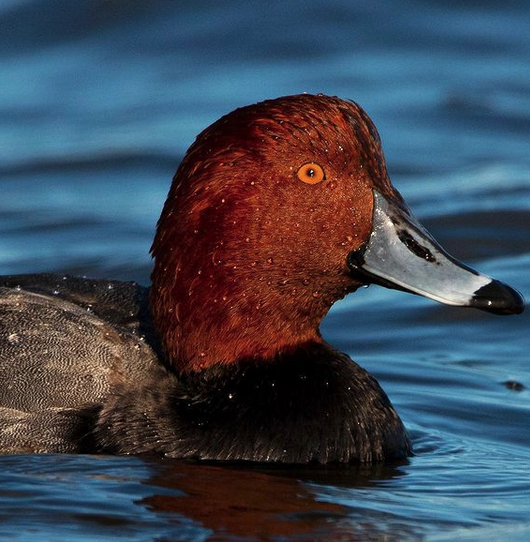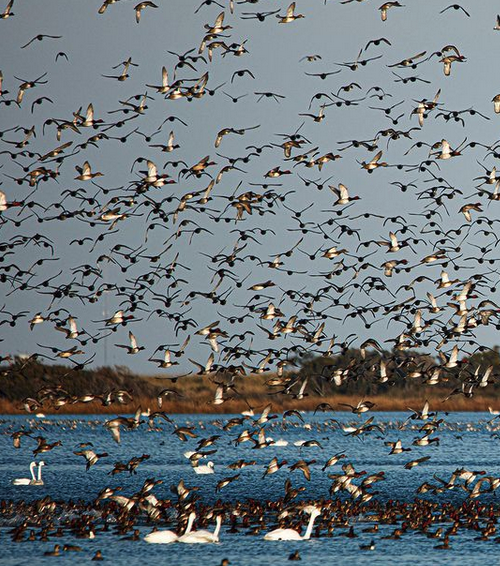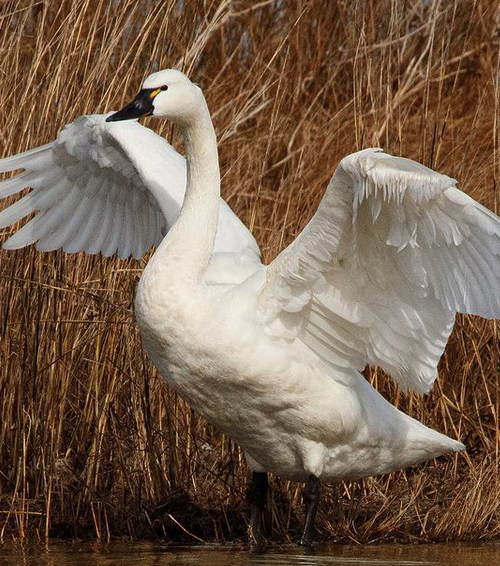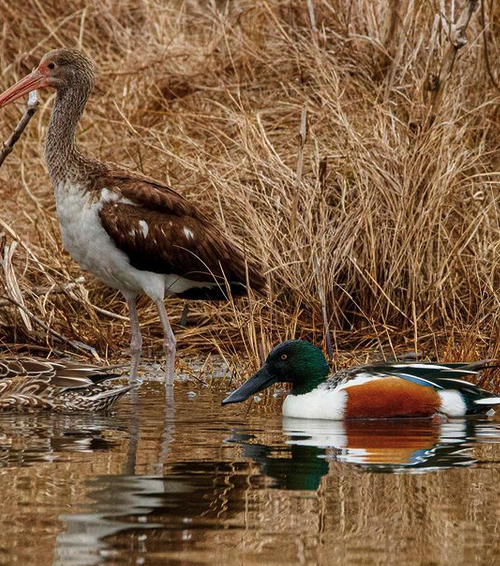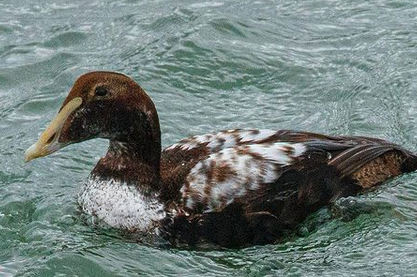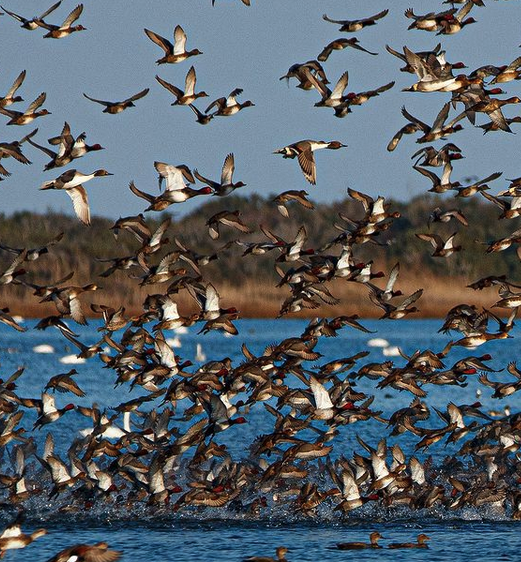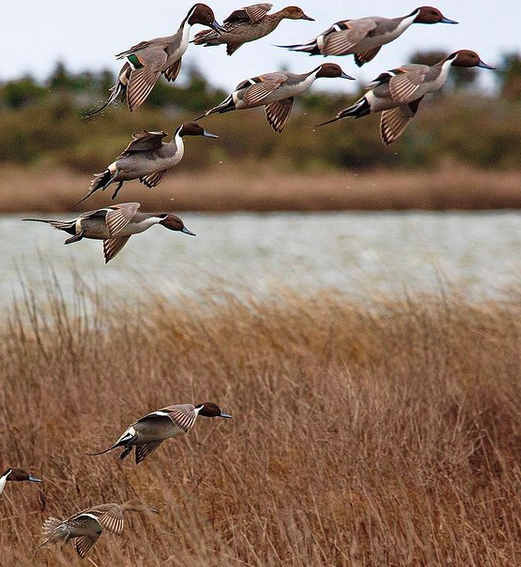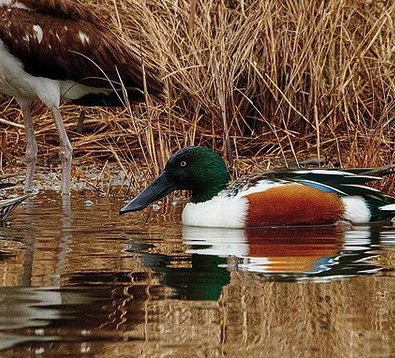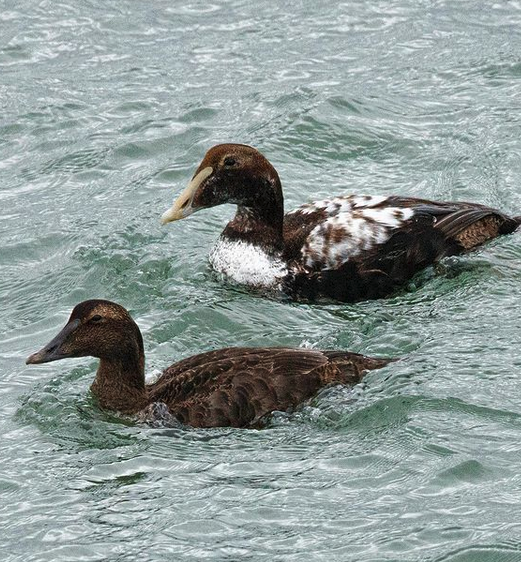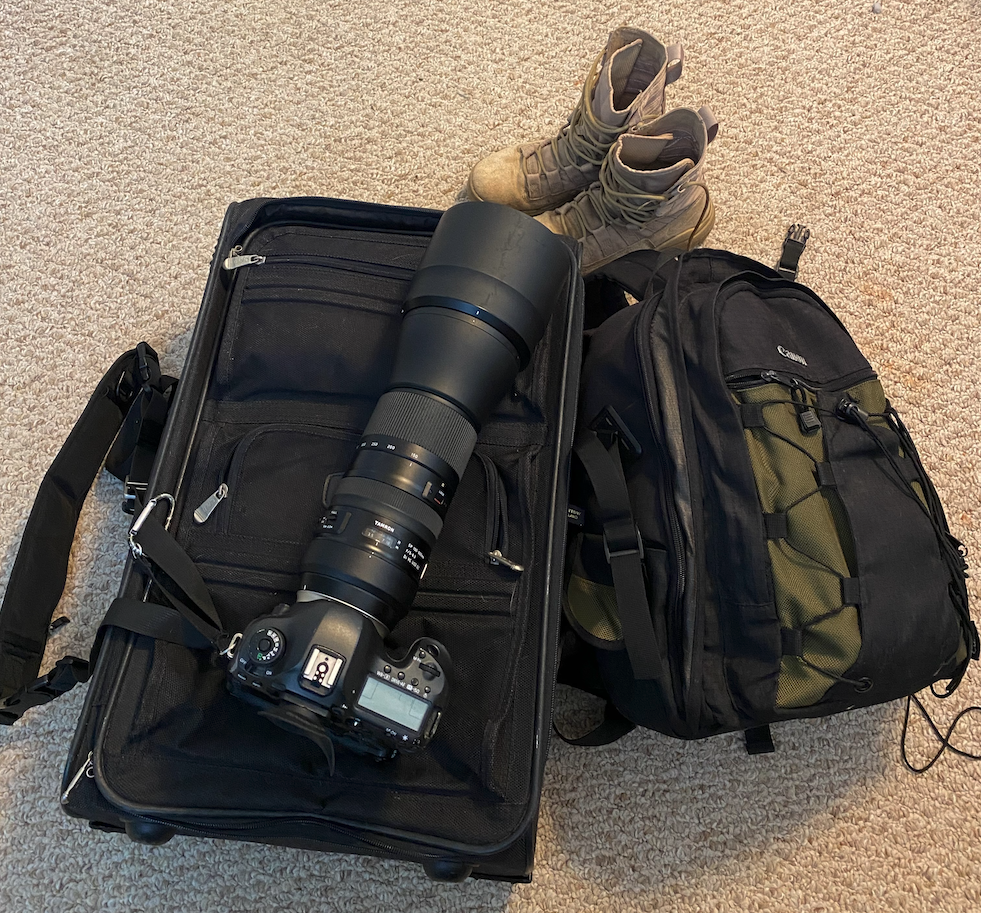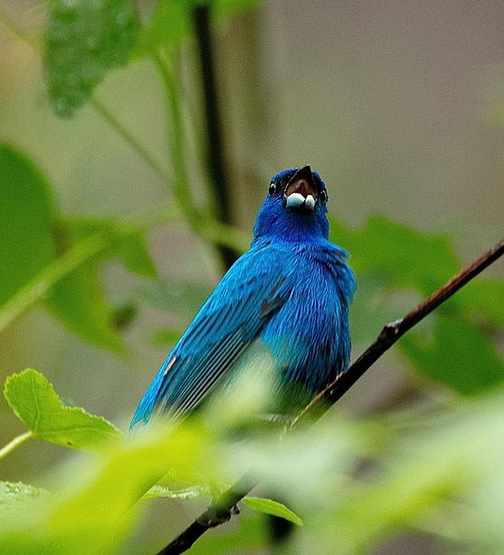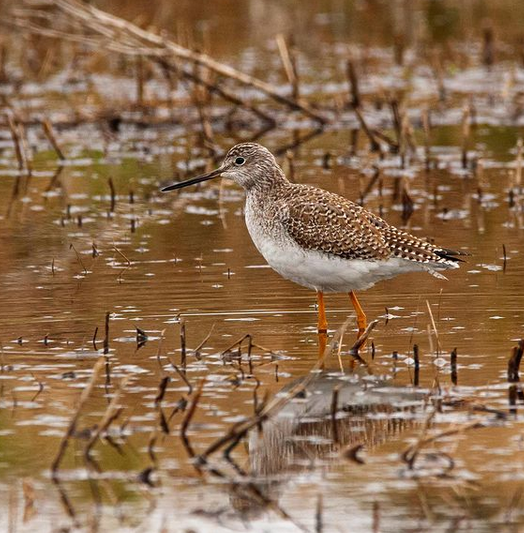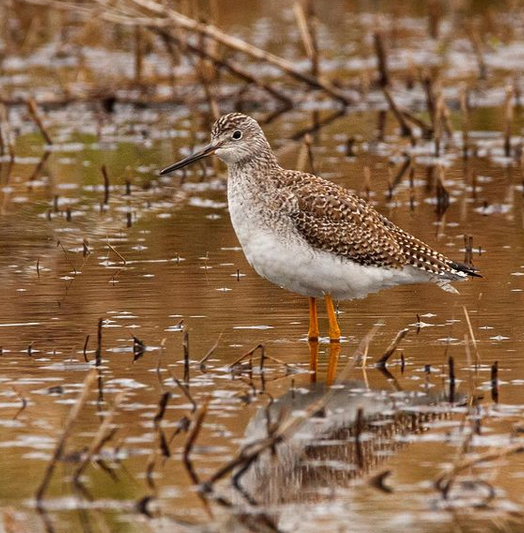
Pack your bags, lets go birding!
Birders and bird loving photographers of all skill levels are invited to join me, Sally Siko as we explore the trails, woods, fields and shorelines of the United States in search of interesting birds. From North Carolina and beyond, there are plenty of great species to get out and enjoy throughout the year.
In addition to local trips here in the Triangle, new birding tour dates and locations in coastal Maine, coastal New Jersey, eastern North Carolina and eastern South Carolina have been added to my 2023 & 2024 calendar. Click on the dates marked in green in the box below for more information.
Book today as space is limited on these small group tours, Gift Cards are on sale too!
BIRDING TOURS AT PINCKNEY ISLAND, SC
BIRDING TOURS AT CAPE FEAR SHINERS PARK, NC
BIRDING TOURS AT HUNTINGTON BEACH STATE PARK, SC
BIRDING TOURS THE OBX NORTH CAROLINA
BIRDING TOURS AT THE PEE DEE NWR, NC
BIRDING TOURS AT OLD BYNUM BRIDGE, NC
PAINTED BUNTING BIRDING TOURS AT FT.FISHER, NC
BIRDING TOURS AT WEYMOUTH WOODS, NC
Private birding tours in North & South Carolina are also available for reservation to best suit your needs and schedule!
For more information please contact sallysiko@birdwatchingnc.com or call/text (919) 449-7331 to book a private trip.
Shown below is the Best Life Birding Instagram feed featuring of some of the species I’ve found for my guests here in the United States.




